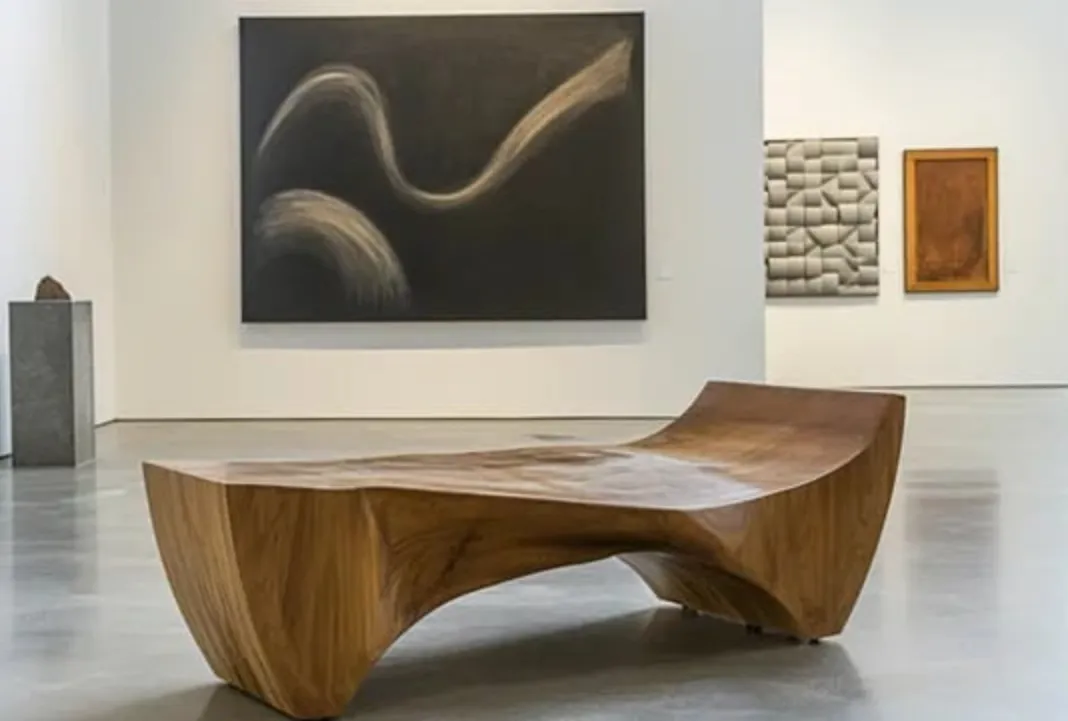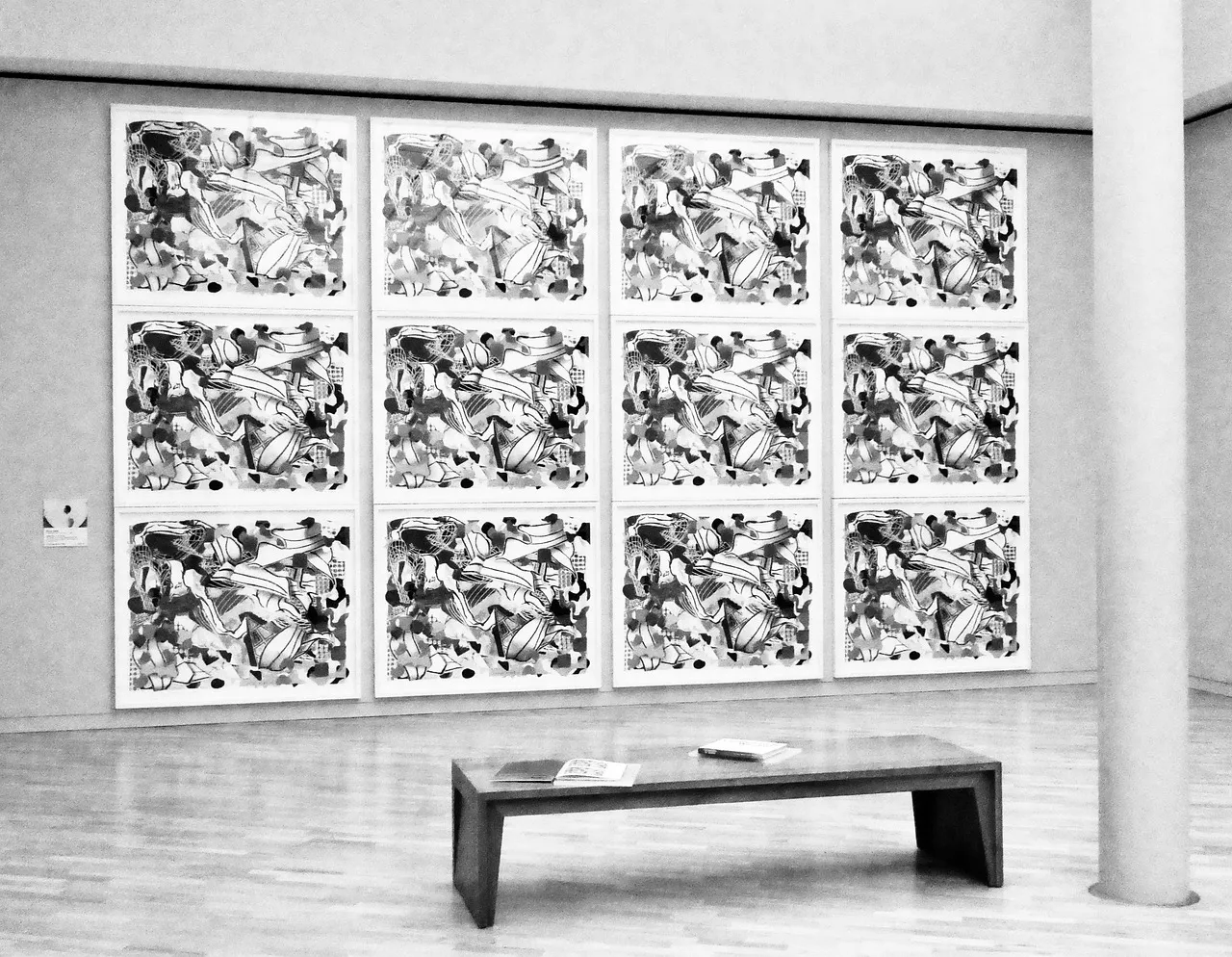Art Fraud: Robert Wittman's Priceless FBI Secrets of Art's Underworld
Listen to Robert Wittman’s True Spies podcast: Operation Bullwinkle
A stir reverberated through the upper echelon of New York’s art world when Russian oligarch Dmitry Rybolovlev sued Sotheby’s auction house claiming he’d been cheated out of millions while buying Picasso’s Homme Assis au Verre and three Rodin sculptures. Was it a case of fraud or - as Sotheby’s argued - the billionaire’s fault for not taking ‘basic steps’ to protect himself?
The Who’s Who of star witnesses included Robert Wittman, former FBI Art Crime Team boss-turned-private art detective, who testified about how he spots crooked art advisers. Tantalizingly, Wittman also shed light on how the FBI’s art team operates behind the scenes in the high-stakes art market.
The art crime industry alone is valued at more than $6bn worldwide, according to Wittman, and about 80 percent of all art crime is fraud, fakes, and forgeries.

FBI Tactics: How to spot a dodgy art adviser
Wittman - who created the FBI’s rapid deployment Art Crime Team - unveiled the three pivotal ‘fraud indicators’ that guide his company's decisions about whether to launch an investigation - invaluable wisdom, applicable to art collectors of all kinds.
First, Wittman examines the art agent's relationship with the principal buyer or client. Are they a ‘bump’, an espionage term for orchestrating a supposedly ‘chance’ encounter through devious means, or a ‘vouch’, where the agent secures an introduction through an intermediary? Wittman said it raises concerns when the intermediary receives a percentage of the agent's earnings from a transaction.
Second, he zeros in on the agent's communication with the client. Does the agent exude legitimacy or consistently promise miraculous feats? Unrealistic promises can be a red flag.
Third, Wittman scrutinizes the markup. Did the agent charge the client a significantly higher price than the one the agent negotiated to obtain the artwork (excluding commission) and did the agent disclose both prices to the final buyer?
Due diligence can be undertaken long before discovering the need for an expensive art detective. Wittman, for example, charges a $50,000 retainer for a comprehensive investigation and report, coupled with an hourly rate of $350 for activities like expert witness testimony. And does Wittman get paid regardless of the judge’s decision? “Oh yes,” Wittman smiled as he testified.

"The brand new social experience where you activate your gaming skills as you train like a spy."
- TimeOut
Take on thrilling, high-energy espionage challenges across different game zones.

FBI Art Crime Team
Wittman’s price reflects his experience. The former FBI Special Agent was assigned to the Philadelphia Field Division for 20 years up to 2008, a top investigator with training in art, antiques, jewelry, and gem identification. Wittman helped recover more than $300m worth of stolen art and cultural property.
In his book, Priceless, Wittman recalled going undercover, usually unarmed, to track art thieves and black market traders worldwide. He recovered the golden armor of an ancient Peruvian warrior king, the Rodin sculpture that inspired the Impressionist movement, and the headdress Geronimo wore at his final Pow-Wow by posing as a buyer to seize the headdress on the grounds it is illegal to sell feathers from endangered birds.
Closer to home, he recovered an original copy of the Bill of Rights and a rare Civil War battle flag carried by the 12th Regiment Corps d’Afrique, an African-American regiment that was in a battle of Port Hudson. At that time, flags were very important for the lines so that people knew what side of the battlefield they were on.
Posing as a collector, philanthropist, professor, or shady art dealer, he recovered more than $225m worth of stolen art and antiquities, including works by Rembrandt, Bruegel, and Norman Rockwell.
He is critical of the FBI’s turf wars and intra-agency rivalries. It seems the FBI, Drug Enforcement Administration, Internal Revenue Service, Bureau of Alcohol, Tobacco, Firearms, and Explosives, and Immigration Customs Enforcement almost always wrestled for control of joint investigations - even hiding things from each other.
Intrigued? Go on an undercover mission with Wittman and True Spies to retrieve the priceless Rembrandt stolen from Sweden's National Gallery and decide whether you would make the grade as an FBI art sleuth. But finding the criminals won’t be easy. It means descending into Europe's criminal underworld of violence, greed, and mystery in a high-stakes hunt to retrieve a priceless treasure.

SPYSCAPE+

Join now to get True Spies episodes early and ad-free every week, plus subscriber-only Debriefs and Q&As to bring you closer to your favorite spies and stories from the show. You’ll also get our exclusive series The Razumov Files and The Great James Bond Car Robbery!


Gadgets & Gifts
Explore a world of secrets together. Navigate through interactive exhibits and missions to discover your spy roles.
Your Spy Skills
We all have valuable spy skills - your mission is to discover yours. See if you have what it takes to be a secret agent, with our authentic spy skills evaluation* developed by a former Head of Training at British Intelligence. It's FREE so share & compare with friends now!
* Find more information about the scientific methods behind the evaluation here.


Stay Connected
Follow us for the latest
TIKTOK
INSTAGRAM
X
FACEBOOK
YOUTUBE